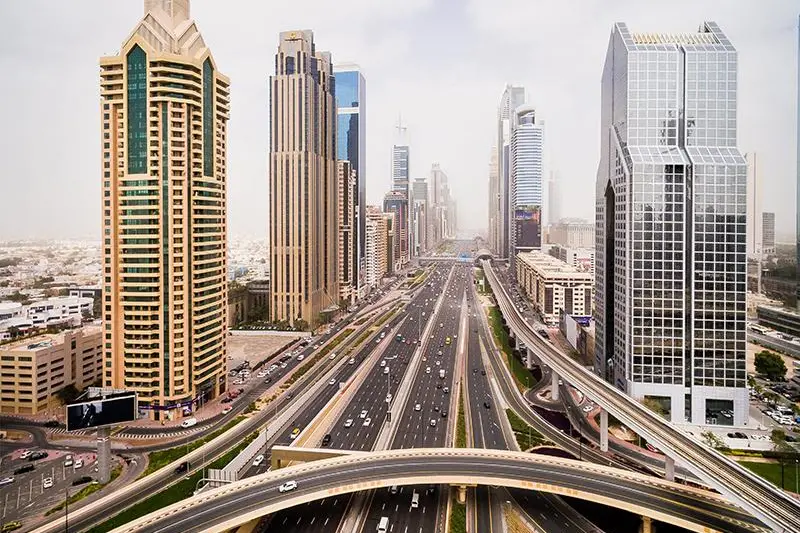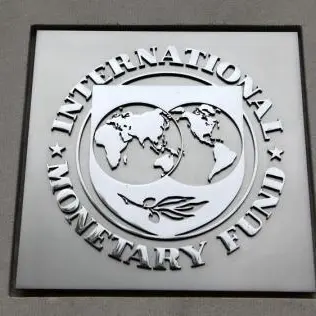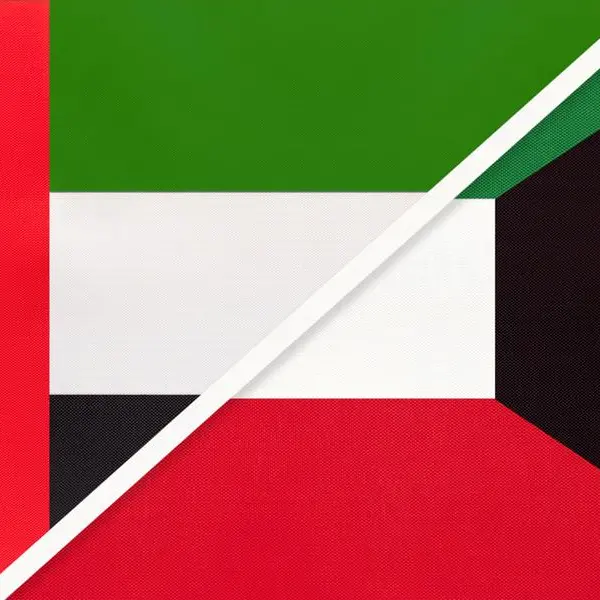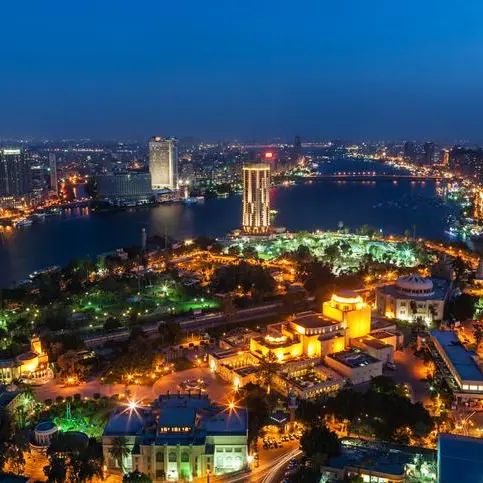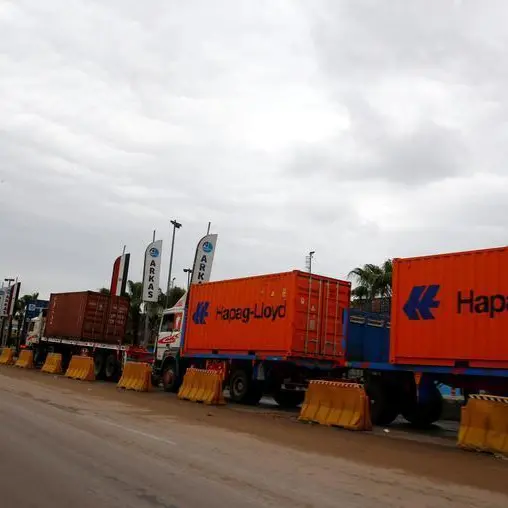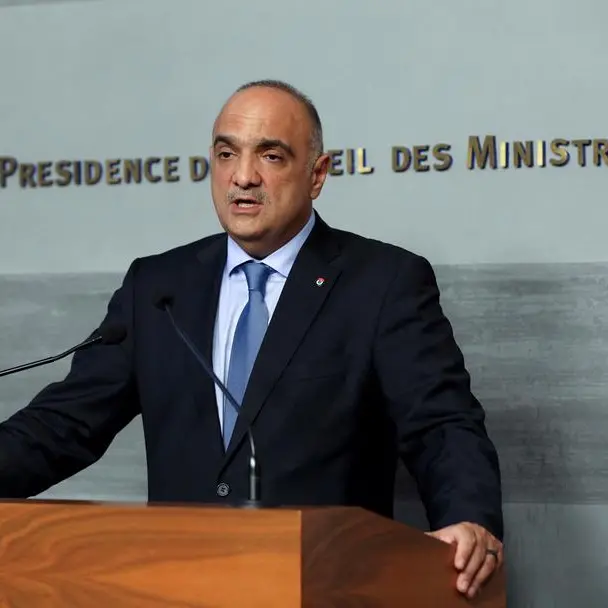PHOTO
DUBAI - Forecasts for economic recoveries in the six-member Gulf Cooperation Council in 2021 have been trimmed while expectations for gross domestic product declines last year were mixed in a quarterly Reuters survey of analysts released on Tuesday.
Economists in the Jan. 11-25 poll maintained their views that the hydrocarbon-dependent region's economic fortunes would turn around this year after it was hammered by the pandemic and an historic slide in the price of the GCC's main commodity.
But growth forecasts for 2021 were cut for all six countries - to varying degrees - with the UAE, Kuwait and Oman's GDP growth projections scaled back the most. Expected growth in Saudi Arabia and Qatar remained the GCC's highest.
Saudi Arabia, the region's largest economy, is expected to see GDP growth of 2.8% this year, down from 3.1% expected three months ago. The median forecast for its GDP contraction in 2020 improved to 4.4% from 5.1%. The economy is expected to grow 3.2% next year and 3.1% in 2023.
"The recovery in Saudi Arabia's economy will continue over the course of this year. But with oil output being ramped up only gradually and fiscal policy to remain tight, the recovery is likely to be slower than in the other Gulf states," Capital Economics said in a research note.
The economy of the United Arab Emirates, which in the last month has seen its seven-day average COVID-19 daily cases nearly triple, is expected to grow 2.2% this year - cut from 2.7% growth expected three months ago.
GDP in the UAE, the region's tourism and commerce hub, was seen shrinking 6.6% last year versus an October expectation of a 6.0% decline. It is expected to grow 3.5% in 2022.
Hotel occupancy and revenue per available room (RevPAR) in the UAE rose significantly last month, ending a difficult year for the sector on a brighter note - though they remained lower than pre-pandemic levels.
"With the holiday season over and travel restrictions since tightened in many countries due to surging coronavirus cases, these high figures for hotel occupancy and RevPAR are unlikely to be sustained in Q1 2021," Emirates NBD, Dubai's biggest lender, said in a research note.
"Depending on how quickly vaccines are rolled out, the outlook is brighter for H2 2021, particularly with Expo 2020 set to start in October 2021."
Median forecasts for Qatar expected 2.8% growth this year, a slight decrease from 3.0% expected three months ago. It is likely to have shrunk 3.5% in 2020, the smallest contraction in the Gulf and an improvement from 4.0% contraction forecast in October. It is expected to grow 3.5% in 2022.
Kuwait was expected to grow 2.2% this year, down from the previous poll's projection of 2.6% growth. It was seen having shrunk 7.3% in 2020 and growing 2.7% next year. In October, analysts expected Kuwait's 2020 GDP to contract 6.3%.
Oman and Bahrain, the region's weakest economies, are expected to grow 2.1% and 2.5% this year respectively versus forecasts of 2.5% and 2.6% GDP growth three months ago. Their economies were seen having contracted 5.3% and 4.7% respectively in 2020. Next year, Oman is expected to grow 2.7% and Bahrain 2.9%.
"It will take another 18 months before GDP in the Gulf Cooperation Council countries rises above its pre-crisis peak," Oxford Economics said in a research note.
"The expected economic scarring from the dual shock of COVID-19 and low oil prices reflects high dependence on oil, limited scope for fiscal support, challenges of expat-dominated workforces, the key role of travel and tourism in the economy, and geopolitical risks."
(Polling by Md Manzer Hussain and Shaloo Shrivastava; reporting by Yousef Saba; editing by Larry King) ((Yousef.Saba@thomsonreuters.com; +971562166204))
